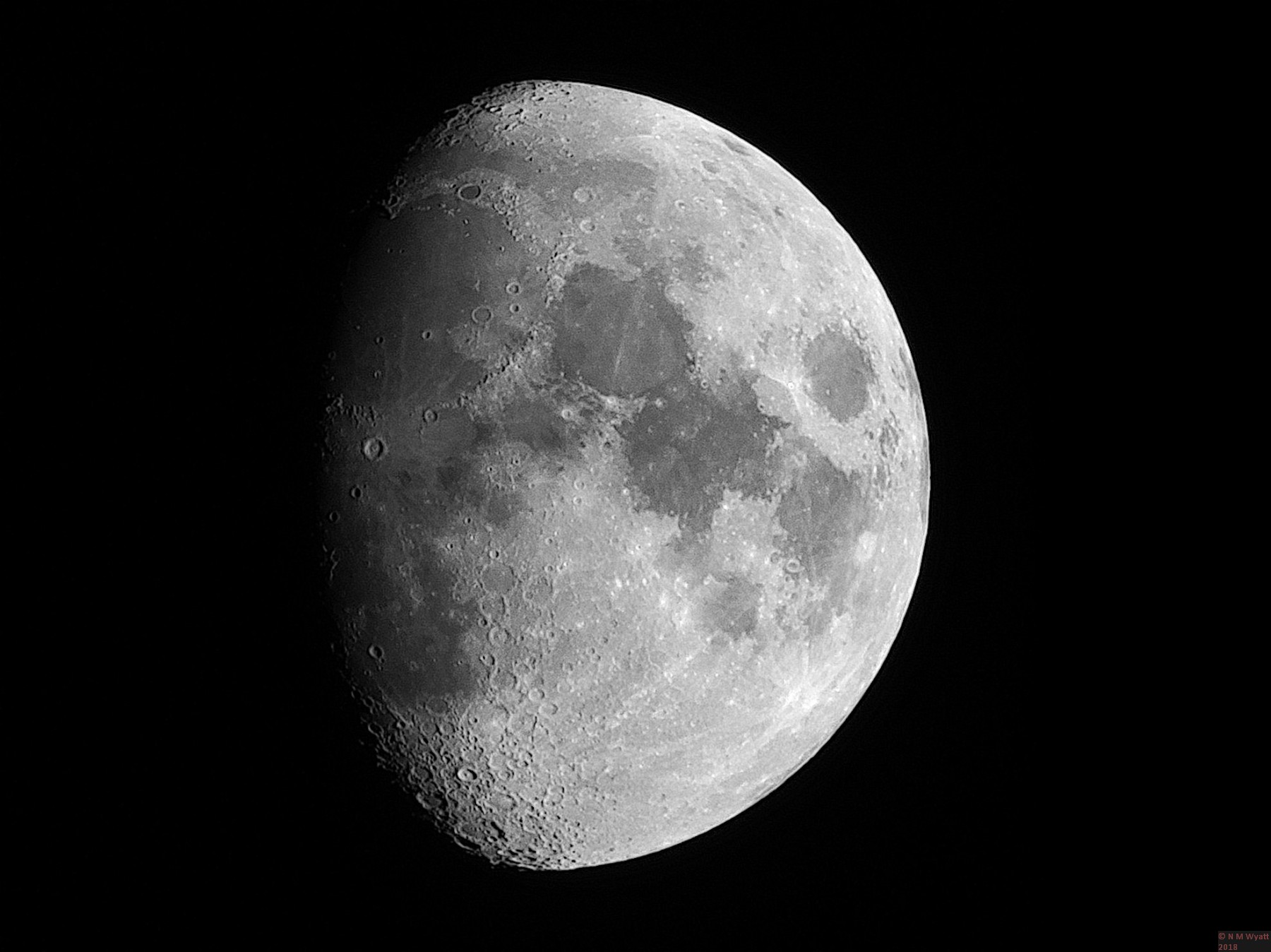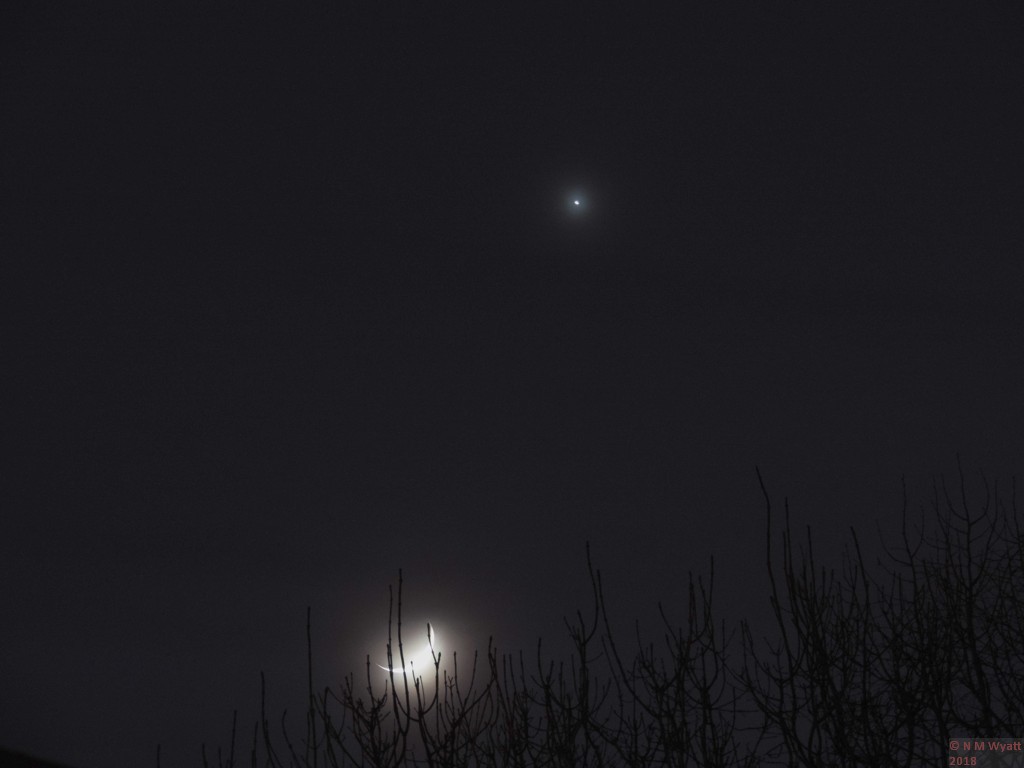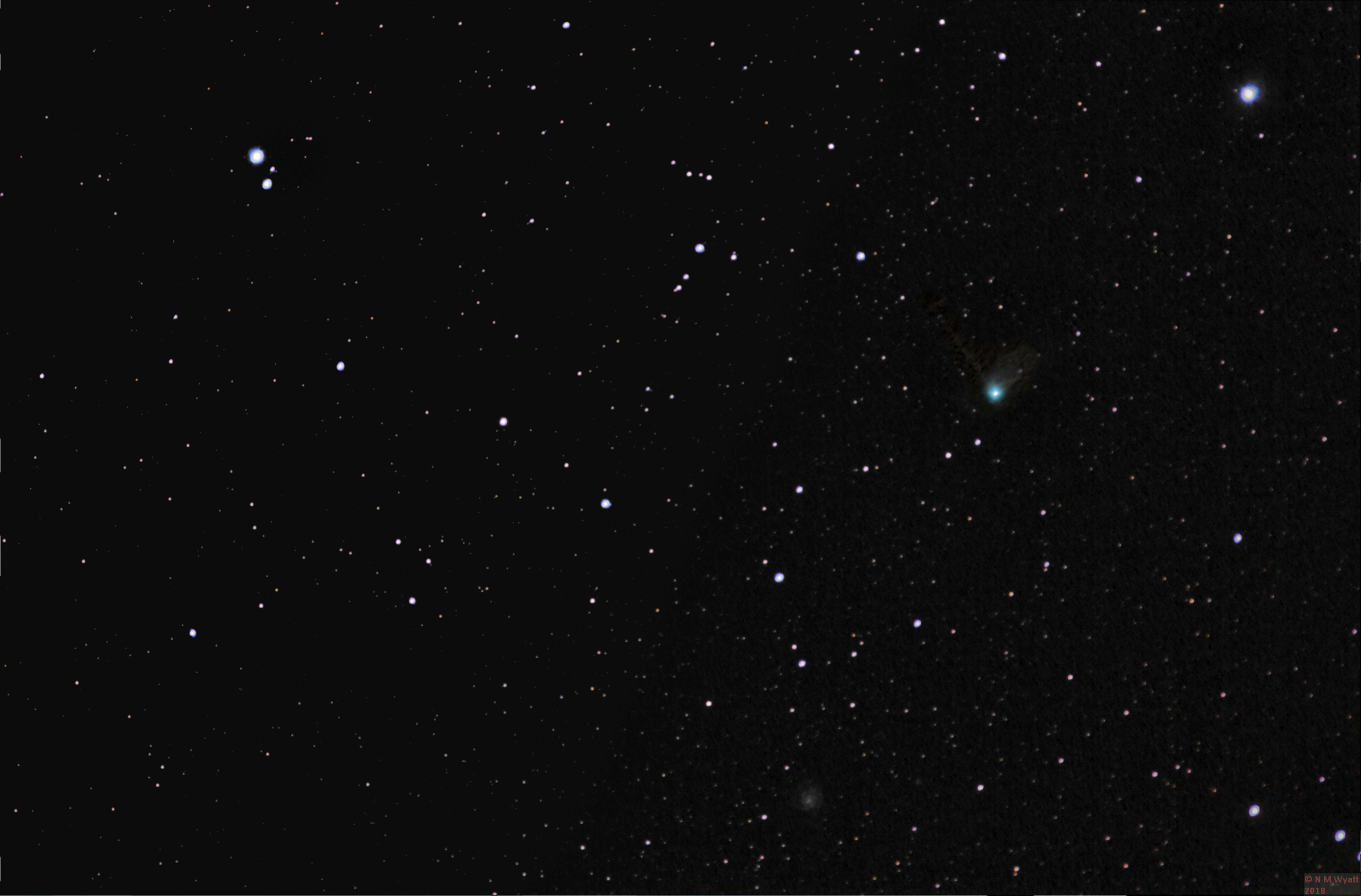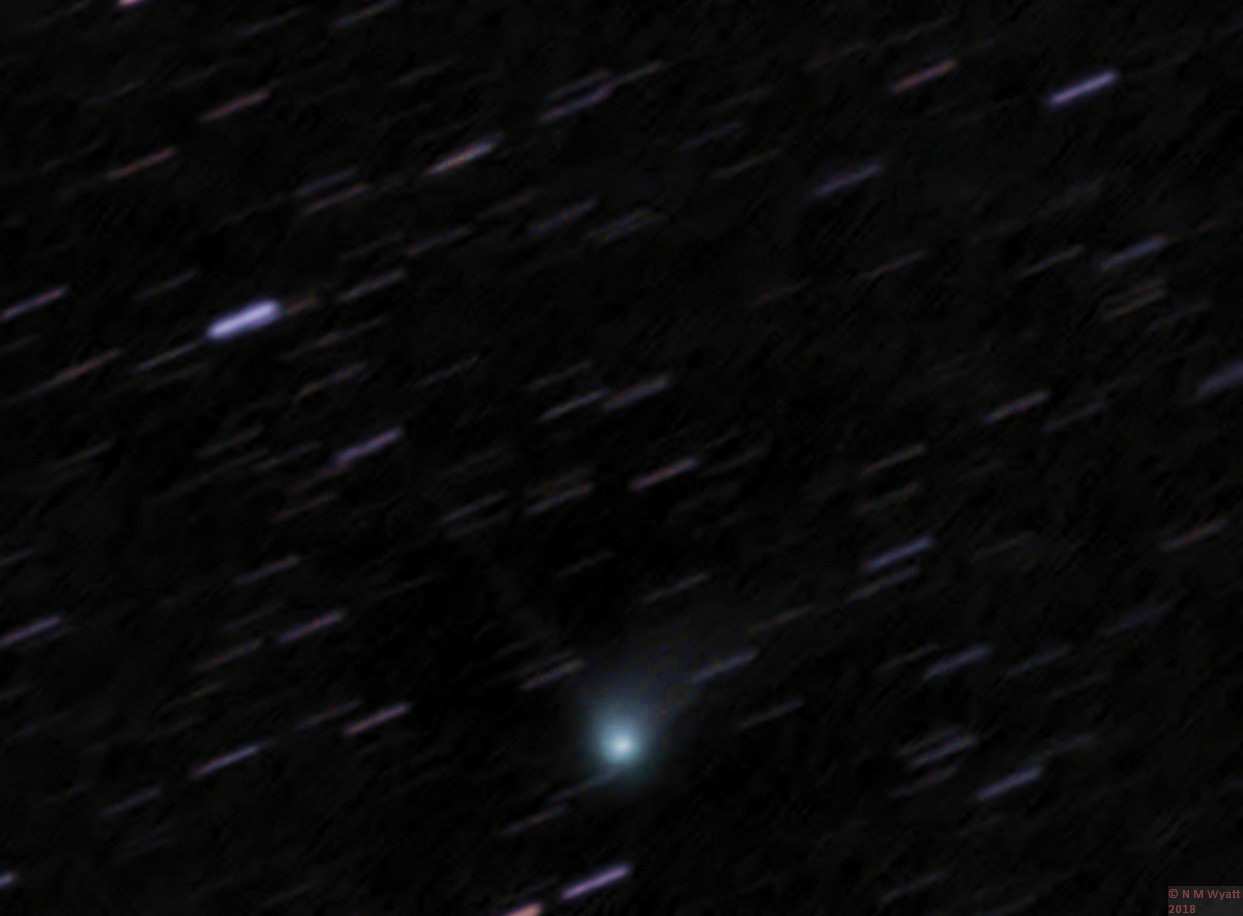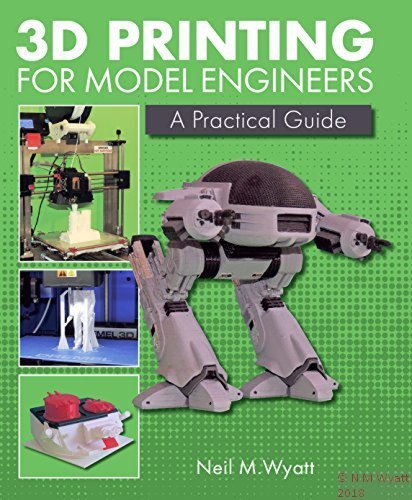If you find this website useful, please check out my books or visit my Amazon Author page. Or even Buy Me a Coffee!
Astronomy
Astrophotography
You are never too old to learn, and one of the thing that has opened my eyes has been discovering the quality of astronomical images that can be produced by amateurs with very modest equipment. By using digital cameras and image processing software it's a realistic ambition to produce images that compare favourably with those produced by the world's biggest telescopes fifty years ago - right in your back yard!
This website does not showcase the best astronomical pictures on the internet! It's a selection of pictures I have taken myself with basic equipment and free software. Producing images like these below, or even better ones, is within your reach!
Most importantly, you don't have to spend a fortune. My first serious scope, mount and tripod cost £180 on Ebay. I spent £40 on a more solid tripod, and about £200 on various bits and pieces including books and an ancient Canon EOS DSLR and a seconhand Microsoft HD Webcam. The results shown before are some of my best so far, and will be updated from time to time.
Perhaps the easiest target in the sky is the moon. You can get good pictures with any long or zoom lens, this is a 'stack' of six pictures taken with an ordinary bridge camera:
A gibbous moon photographed on the isle of Skye.
Follow the links below for introductions to some of the other things you can image in the night sky:
A Conjunction of Moon and Venus
M27 is a relatively bright planetary nebula in the obscure constellation Vulpecula. Having the appearance of a BMW symbol, it is popularly called the 'dumbbell nebula'.
Although it has a totally different look to the nearby M57 ring nebula, the three dimensional shape of both nebulas is actually more or less the same -we just see them from differnet angles.
Like M57, M27 is an expanding cloud of gas thrown off by a red giant star at the end of its most active phase and now contains a white dwarf star.
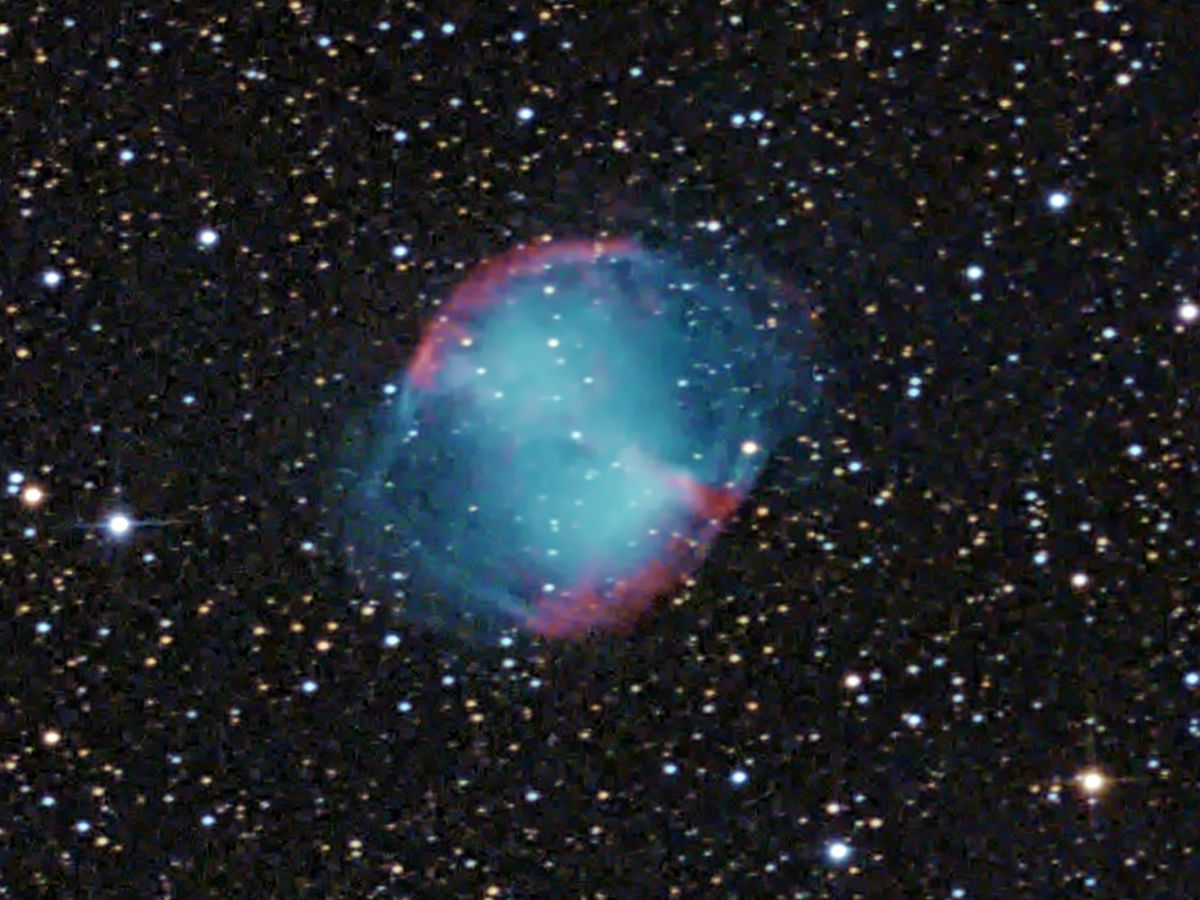
M27 the Dumbbell Nebula. Note the faint outer circle of red oxygen around the blue hydrogen cloud.
- Details
- Category: Astrophotography
Messier 2 is one of the largest globular clusters known with over 150,000 stars. It is thought to be 13 billion years old, so it is also one of the oldest.

Messier 2 contains over 150,000 stars.
- Details
- Category: Astrophotography
Conjunctions are not necessarily rare events in the heavens, The moon whirls round the whole sky every month and passes all the planets in that time, so that's several dozen a year!
Even so, when two planets or the moon and a planet are close to each other it does create some photo opportunities. On this occasion, broken cloud undermined the opportunities for ideal astronomical photos, but gave the chance for some nice atmospheric ones.
Let's start with a composite to put a bit of detail into the moon.
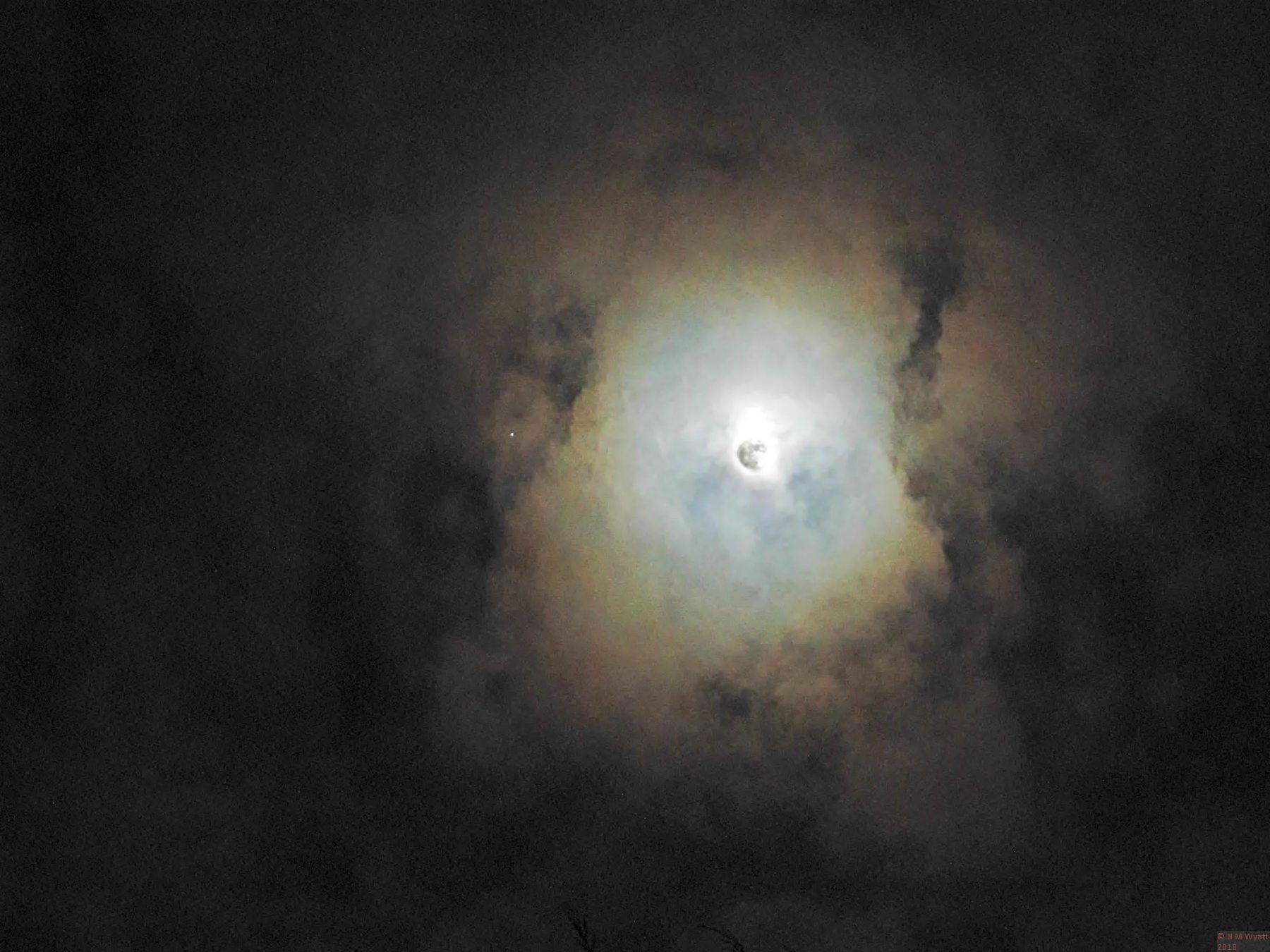
I like this, it's nice and moody with the moon in the heart of the clouds
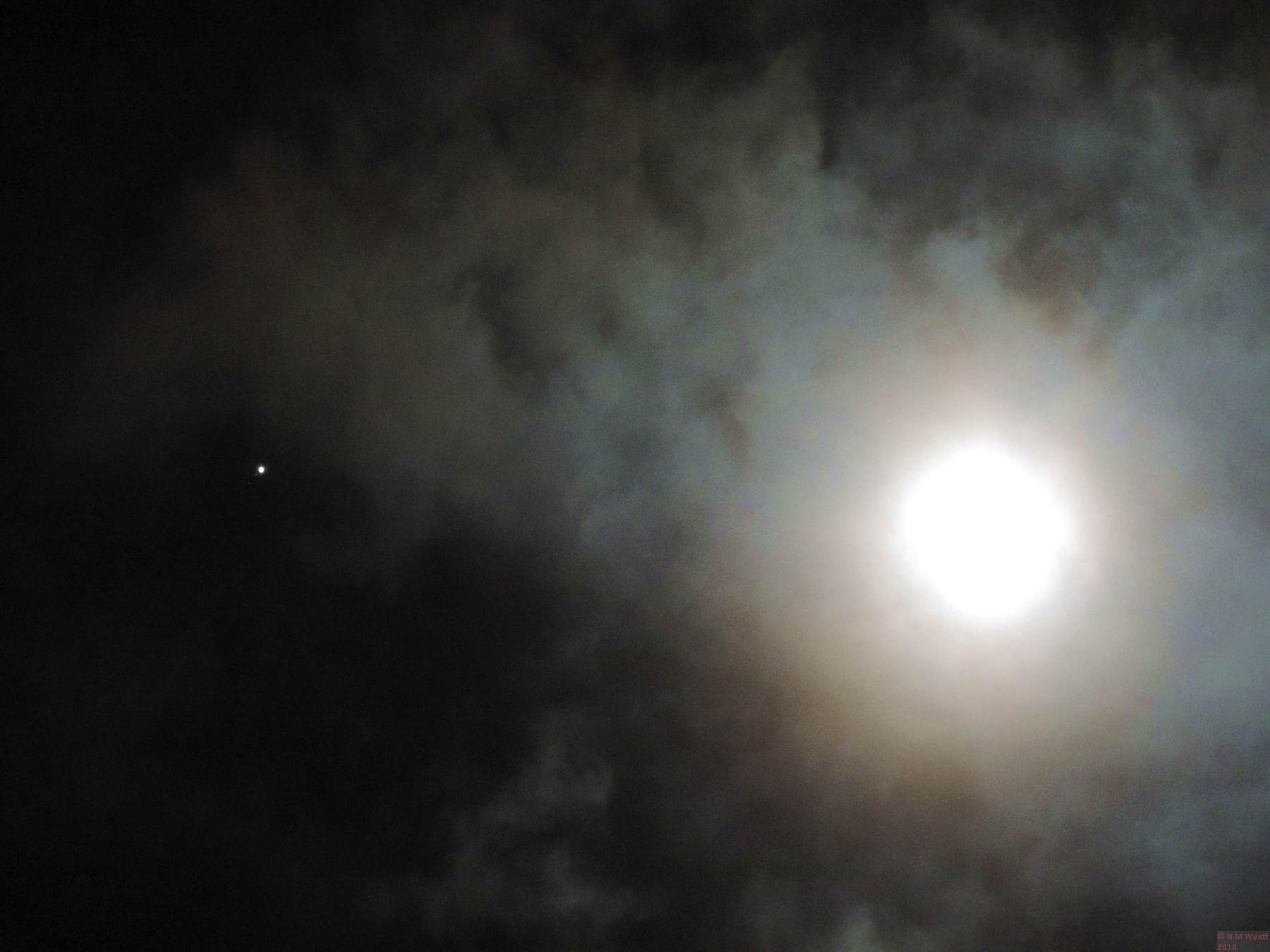
Jupiter to the left of the moon, right click, choose view and zoom in to see the (rather faint) moons.
The photos below, taken with a longer lens setting, show the moons more clearly
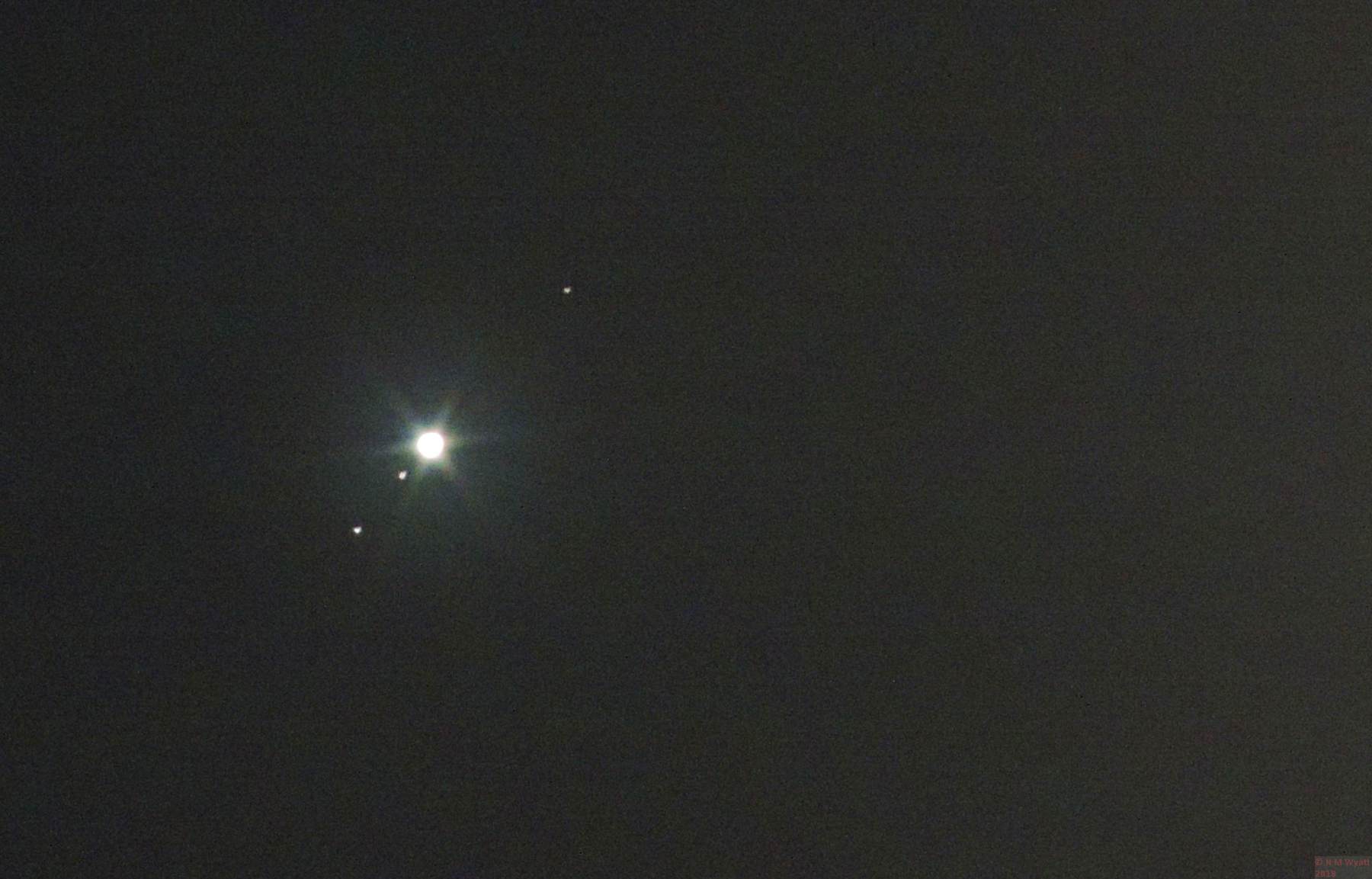
A telescope would have split Europa and Io, in the images here they are just a slightly elongated blob.
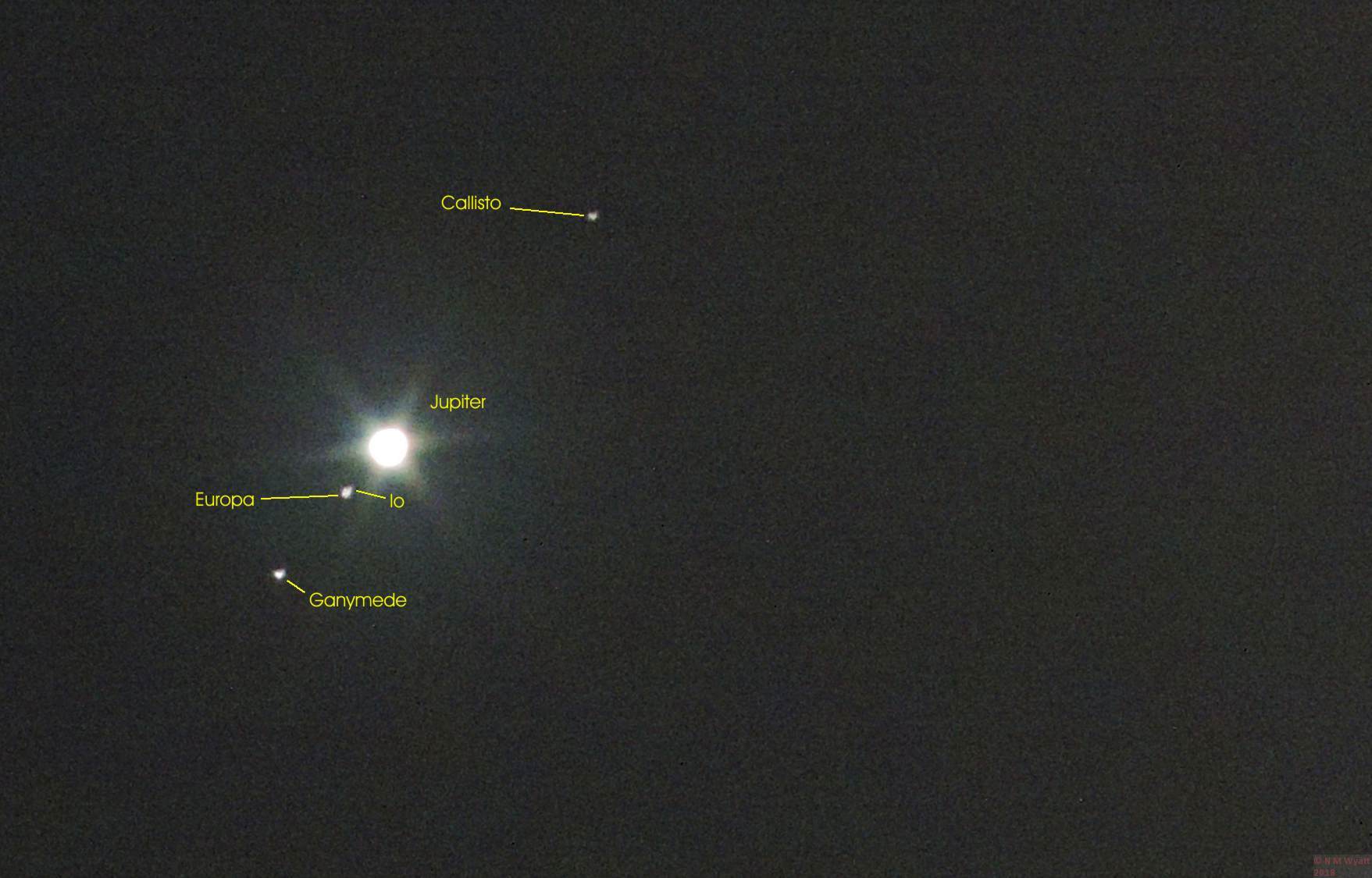
- Details
- Category: Astrophotography
Comet Catalina was a comet that was discovered in 2013, but only visible in the northern hemisphere in the autumn of 2015 and then into 2016 as it swung away from the sun. It was not very bright, and light pollution made it difficult for me to photograph it when it passed through an interesting area of sky in the Plough early on 16 January 2016.
The main image combines the stars and comet (processed separately so neither is blurred) from the same set of 92 images, each 30 seconds at ISO 800. In the picture, Mizar is top left, Alkaid top right, M101 at the bottom and the comet is half way between Alkaid and M101. This comprises 92 exposures stacked in DSS, once tracking the stars and once tracking the comet. The images of the background and the comet were then combined.
Comet Catalina, with Mizar, Alkaid and the galaxy M101
This smaller image is the comet with the blurred background unadjusted, giving the most accurate picture of the two tails, a long thin one and a much shorter 'fat and fuzzy' one. The picture shows how far the comet moved over a period of exactly an hour and a quarter.
A close up view of Comet Catalina
- Details
- Category: Astrophotography
On 4 July 1054 Chinese Astronomers first observed a 'guest star' or supernova. Fast forward to 1731, and an ovoid nebula was discovered by John Bevis. The Fuzzy patch, visible in quite small telescopes and even binoculars nearly caught out Charles Messier when he was looking for the return of Halley's Comet - and became the first on his list of 'comet-like objects'.
It wasn't until the early 20th century that examination of photographs over the years showed the cloud was expanding, and some simple maths suggested that it must have started from a 'dot' in the 11th century. From there it wasn't a huge leap to tie up the nebula with the supernova, a link that is considered proved by the presence of a pulsar, the remains of the exploded star in the centre of the nebula. Incredibly, using the Hubble space telescope it is possible to observe changes in the centre of the nebula on a scale of months.
The nebula is the slightly coloured 'fuzzy' patch near the top of the photo graph below, this is a stack of 37 two-minute subs taken using an astro-modified Canon 450D and a 400mm lens. The bright star at bottom right is Tau Tauri, which marks the end of one of Taurus the bull's horns.
M1, the Crab Nebula
Blowing up the above picture starts to show the beginnings of structure in the nebula, but more recently I was able to capture far more detail by using a more powerful scope instead of a telephoto lens.
A close up of M1
- Details
- Category: Astrophotography
Page 16 of 23

